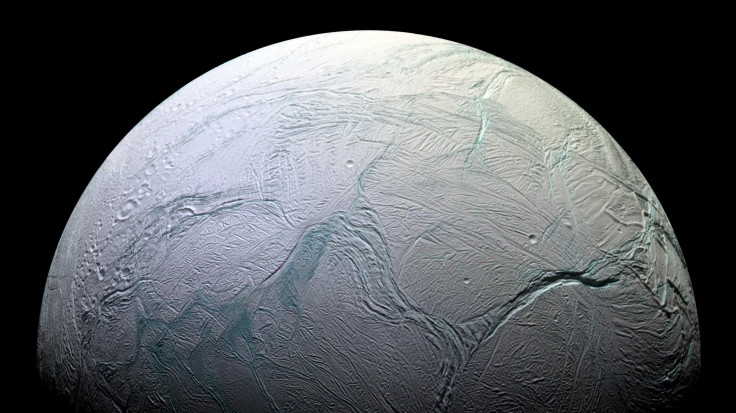How Earth Would Be Destroyed After Collision With Moon-Sized Ice Ball

An expert described what would happen to Earth if it suddenly gets hit by a giant ice ball from space that’s as big as the Moon. According to the expert, the event would immediately cause mass extinction that would wipe out all life on the planet.
The grim scenario was brought up on the question-and-answer site Quora. The original scenario that was presented involved a massive water droplet the size of the Moon hitting Earth. As most of the Quora users pointed out, the water droplet would immediately freeze due to the conditions in space
This means that instead of getting doused in cosmic water, Earth would get hit by a Moon-sized solid object.
As pointed out by materials engineer Mike Miller, there are a couple of frozen and ice-covered satellites and planets that exist in space. Any of these massive cosmic objects could completely destroy Earth in a direct collision.
“There are several droplets of water in the solar system the size of the Moon, give or take,” he wrote on Quora. “You’ve got Pluto (a bit smaller than the Moon), Enceladus, and a number of other moons of Saturn that are big balls of ice and water.”
However, the impactor’s composition is not the only factor that would dictate Earth’s destruction. Miller noted that if anything was going to collide with the planet, it’s going to do so at Earth’s escape velocity. This refers to the minimum speed need by a non-propelled object to escape the gravitational pull of a massive body. For Earth, its escape velocity is around 25,000 miles per hour.
According to Miller, anything that’s as big as the Moon traveling at this speed would kill all life on Earth. In addition, the energy that would be released from the impact would be powerful enough to liquefy the Earth’s crust.
“Since any impact with Earth is going to hit at a minimum of Earth’s escape velocity, it doesn’t matter what the droplet is made of - Nerf foam, feathers, warm-n-fuzzy thoughts - it’s going to hit like a moon-sized meteorite,” Miller explained. “The result would kill all life on Earth and liquefy the crust with the energy released.”
© Copyright IBTimes 2024. All rights reserved.





















